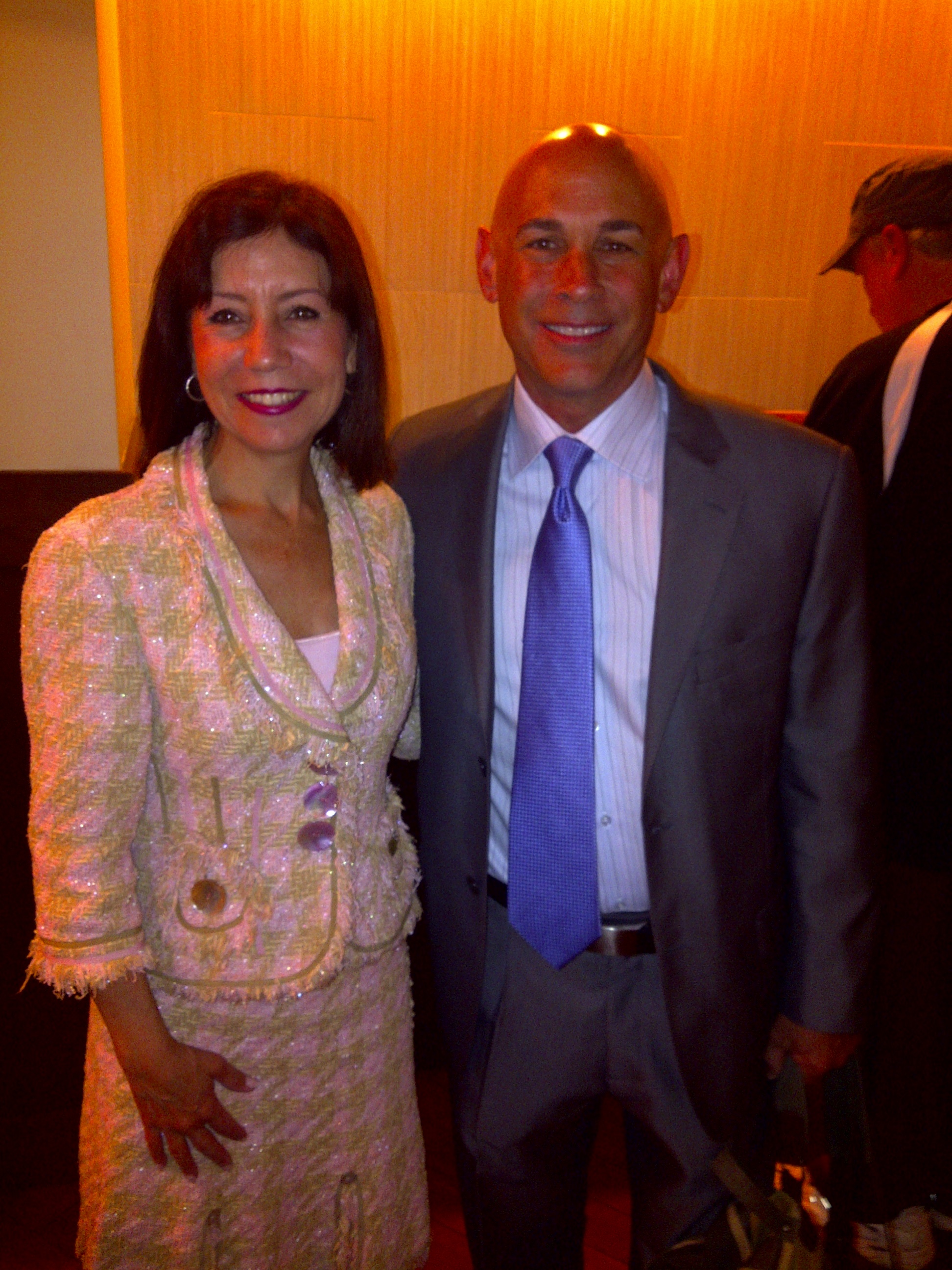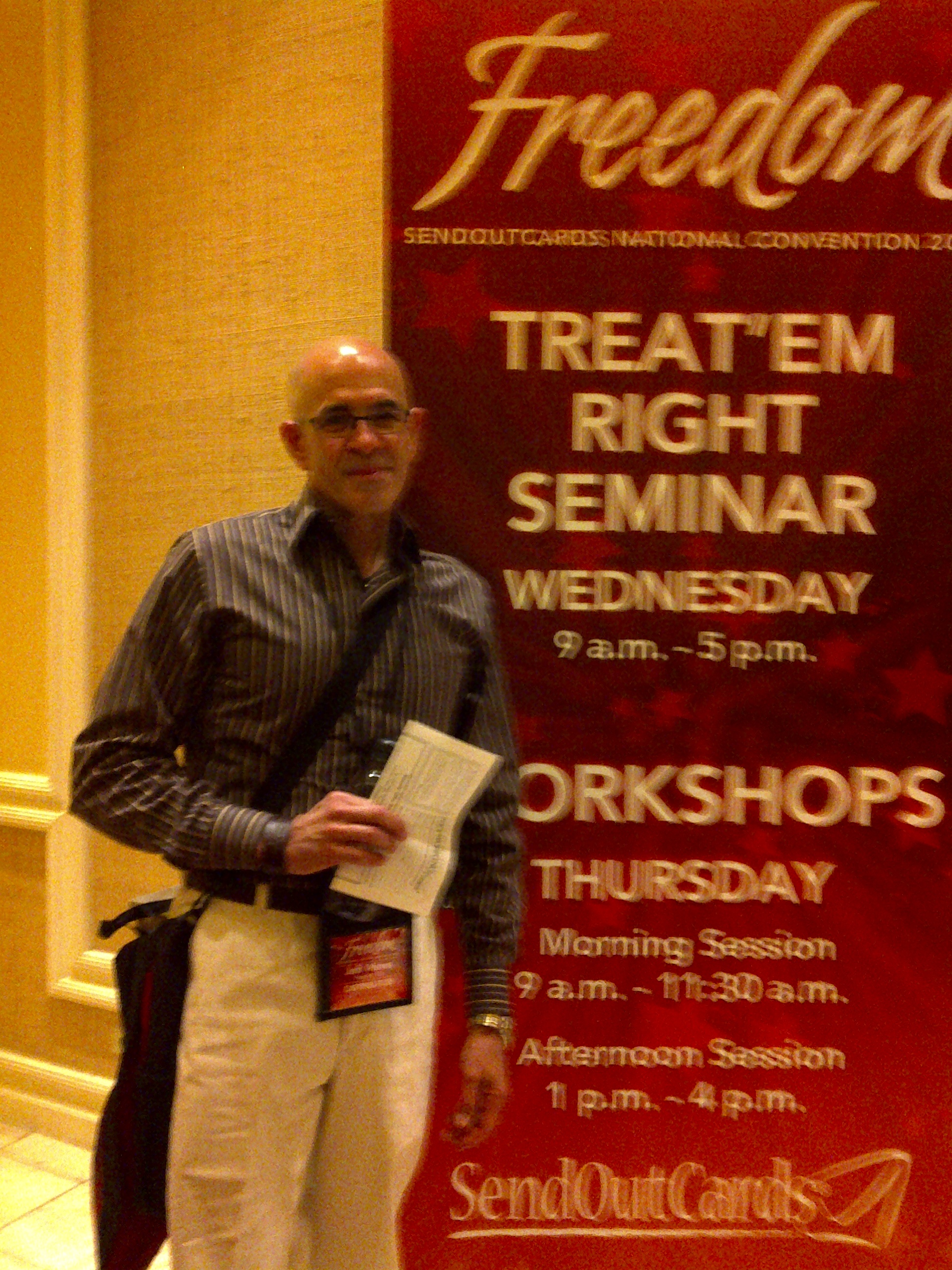 Yesterday I received another cold call. This time it was from a woman with a strong accent. She talked about free video emails and doing webinars online. As she rattled on she caught my attention because she was talking my language. She wasn't smooth but I was interested in knowing about this service and how it was different. She started to give me the website.
She said "Go to www.voe..." "Voe?" I echoed. "No, /w/." she stated. "Is that www.vow?" I clarified. "No," she countered. "www.wo....." After going back and forth several times, a man's voice cut in and he said in a clear voice, "Excuse me mam, we have training calls. Let me give you the website." We then went through an online demo. While we were looking at all the features the man would say, "I know you busy." When demonstrating the next feature he'd say "I'm a show you.." and when he turned the controls over to me he said he made me the "presentator."
Yesterday I received another cold call. This time it was from a woman with a strong accent. She talked about free video emails and doing webinars online. As she rattled on she caught my attention because she was talking my language. She wasn't smooth but I was interested in knowing about this service and how it was different. She started to give me the website.
She said "Go to www.voe..." "Voe?" I echoed. "No, /w/." she stated. "Is that www.vow?" I clarified. "No," she countered. "www.wo....." After going back and forth several times, a man's voice cut in and he said in a clear voice, "Excuse me mam, we have training calls. Let me give you the website." We then went through an online demo. While we were looking at all the features the man would say, "I know you busy." When demonstrating the next feature he'd say "I'm a show you.." and when he turned the controls over to me he said he made me the "presentator."
Throughout the conversation he called me Diana instead of Diane. Although the product was worth researching I was not impressed with his presentation. His poor grammar made him sound uneducated and that raised a red flag. When a seller or any professional uses incorrect grammar, I question their legitimacy. Was this really a bona fide web conferencing system or some fly-by-night basement operation? He ended by asking if he could call to follow up. I decided not to take him up on his offer and said I would look at the website on my own. Will I use this service? I don't know yet. But I do know this. I won't buy it from the telemarketers who contacted me. I don't trust them.
It's fine to have an accent as long as you know how to speak clearly. In this case, the woman should have spelled out the url. / w/ as in william, /o/ as in oprah, etc.
There is definitely an ROI (return on investment) for public speaking skills. I show people how to monetize their mouth. When you speak with clarity and confidence, you inspire trust. And that brings in more business. When you're inarticulate or use the wrong grammar, you create skepticism and distrust. This is true whether you're cold calling, interviewing for a job, pitching a story to the media, or convincing your boss to give you a raise. Success requires good speaking and communication skills. To learn about Six Sloppy Speech Habits, click on the link and watch this youtube video. http://www.youtube.com/watch?v=1geJXMFCfF8
For grammar tips visit Grammar Girl http://grammar.quickanddirtytips.com



















